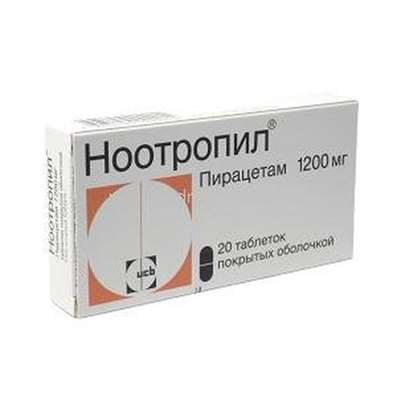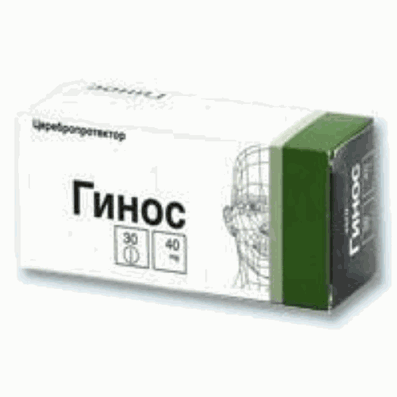Instruction for use: Atarax
I want this, give me price
(Atarax/hydroxyzine hydrochloride)
Dosage form of Atarax:
- Tablets 25 mg, film-coated c notch on both sides - 25 tablets in a package;
- Injection in ampoule 2 ml - 6 packaged in ampoules. solution for intramuscular administration; coated tablets.
Composition:
Active ingredient: hydroxyzine hydrochloride.
Excipients:
- lactose monohydrate;
- microcrystalline cellulose;
- colloidal silicon dioxide, magnesium stearate;
- titanium dioxide (E 171);
- hydroxypropylmethylcellulose;
- macrogol 400.
Pharmacotherapeutic group:
anxiolytics
Indications for Atarax
Relief of anxiety, agitation, feelings of inner tension, irritability with:
- neurological diseases;
- psychiatric disorders (generalized anxiety and adjustment disorder);
- somatic diseases;
- chronic alcoholism, alcohol withdrawal.
- As a sedative premedication.
- Symptomatic treatment of pruritus.
Pharmacological properties
Hydroxyzine is rapidly absorbed from the gastrointestinal tract (GIT), peak plasma concentration is reached 2 hours after oral administration.
For the drug is characterized by pronounced sedation, antiemetic, antihistamine, m-anticholinergic and central muscle relaxant action.
Hydroxyzine passes through the blood-brain and the placental barrier.
The half-life depends on the age of 7 hours and in children, in adults 20 hours and 29 hours - the elderly.
Sedation is manifested through 30-45 minutes after ingestion.
Dosage and method of administration:
For adults:
general practice: 25-100 mg / day in divided doses (standard dose of 50 mg / day - 12.5 mg in the morning and in the afternoon, 25 mg at night);
in severe cases, the dose may be increased to 300 mg daily;
for the treatment of pruritus: 25 mg, if necessary up to 100 mg (25 mg four times a day);
for sedation: 50-200 mg (1.5-2.5 mg / kg body weight by intramuscular injection) 1 hour before surgery.
For children:
12 months. - 6 years: 1-2.5 mg / kg per day in divided doses,
6 years and over: 2.1 mg per day in divided doses,
For sedation: 1 mg / kg per day for 1 h prior to surgery.
Side effects:
Mild and transient.
Related anticholinergic effects: dry mouth, urinary retention (rarely), constipation, disturbance of accommodation (in elderly patients).
CNS: drowsiness, weakness (disappear on their own after a few days or after a dose reduction), rarely - headache, dizziness.
Other: increased sweating, hypotension, nausea, allergic reactions.
Contraindications
Contraindicated in patients with porphyria and in patients with hypersensitivity to any component of the drug.
Use of the drug during pregnancy and lactation
Not recommended during pregnancy and lactation.
Side effects
Drowsiness, fatigue (especially at the beginning of treatment, to eliminate the dose should be reduced); dry mouth, headache, dizziness, sweating, hypotension, nausea, urinary retention, constipation, accommodation disturbance, allergic reactions; very rarely - tremors and seizures (in overdose).
Warnings
The drug should be c care given to patients with glaucoma, prostatic hypertrophy, difficulty urinating, constipation.
For patients with impaired renal function and liver require dose adjustment.
The drug affects the attention and ability to react (drivers, etc.).
Potentiates the effect of tranquillizers, barbiturates, alcohol.

 Cart
Cart





